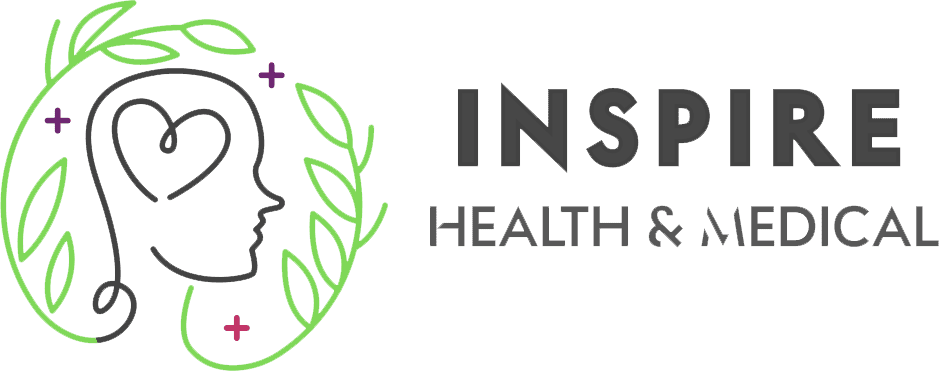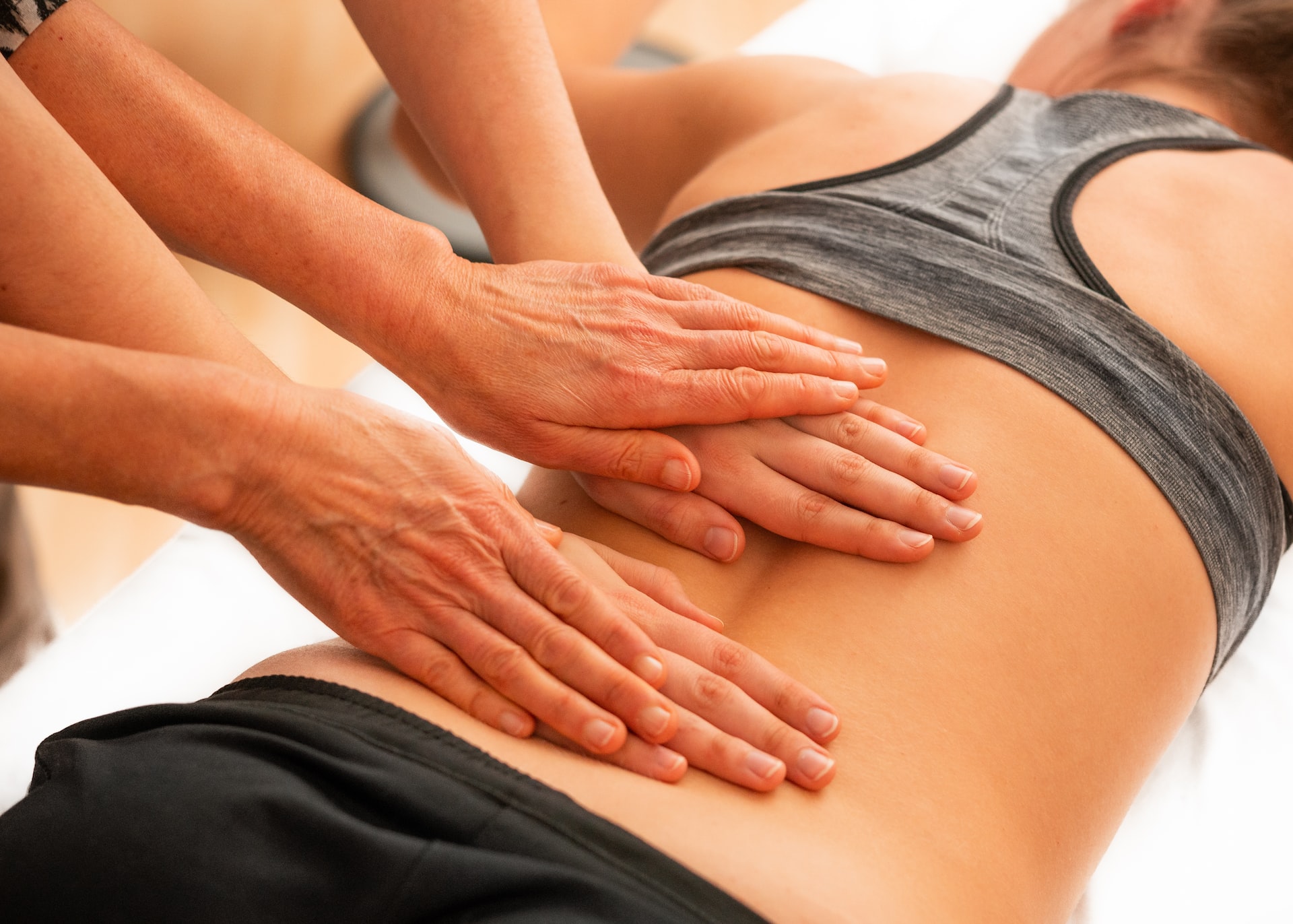Considering allied health therapies as a means of managing your pain? Unsure about the differences between osteopathy, physiotherapy, myotherapy and chiropractic and which one is right for your needs?
In this guide, we will review each of these disciplines, explaining their differences and when they are appropriate as part of your healthcare.
Why Finding The Right Treatment Matters
If you are experiencing chronic pain, mobility issues due to a lifelong condition, difficulties due to injury and more, it is important to seek treatment with the appropriate care team.
While osteopathy, physiotherapy, chiropractic and myotherapy all have overlapping elements, each has its own unique approach to diagnosis and treatment.
Ensuring you are matched with the most appropriate allied health professional helps to enhance your treatment outcomes and deliver better care overall.
Allied Health Therapist Definitions
Firstly, what is the difference between physiotherapy, osteopathy and chiropractic and what do they treat?
Physiotherapy
Physiotherapy involves the diagnosis and management of a wide range of conditions that involve the bones, cardiovascular system, nerve functions and muscles.
Physiotherapists work with individuals of all ages and across a variety of short and long-term health conditions. They support them to recover from injury, manage pain and stiffness, increase mobility and reduce the chance of further injuries.
Physiotherapists can assist with:
- Neck pain
- Back pain
- Postural problems
- Arthritis pain
- Sports-related injuries
- Joint pain in the shoulders, elbows, wrists, hip, knee and ankles
- Headaches
- Sciatica
- Rehabilitation following brain injury
- Support managing lifelong conditions such as cerebral palsy
They employ several techniques as part of treatment including the use of massage, hydrotherapy, stretching, electrotherapy, dry needling and tailored exercise plans to treat clients.
Osteopathy
Osteopathy shares some similarities with physiotherapy but takes a more hands-on, whole-body approach to diagnosis, treatment and management. For example, if you have a sore hip, your osteopath will assess your lower back, pelvic and legs to see how all of these aspects could be contributing to your hip pain.
Osteopaths can assist with:
- Pregnancy-related pain
- Sporting or work-related injuries
- Migraines and headaches
- Joint, ligament and muscle pain
- Neck, back and shoulder pain
- Arthritis
- Scoliosis
- Sciatica
- Rehabilitation following orthopaedic surgery
- Joint pain in the shoulders, elbows, wrists, hip, knee and ankles
Treatment techniques used in osteopathy include the use of soft-tissue massage, stretching, joint mobilisation, manipulation, dry needling. Your osteopath will also prescribe you with exercises for long term relief, pain education and provide reassurance where needed.
Chiropractic
A chiropractor diagnoses and treats issues specifically linked to the musculoskeletal system. Chiropractors are usually more focused on the spine and how the central nervous is functioning.
Chiropractors can assist with:
- Back pain
- Neck pain
- Headaches
- Migraines
- Digestive issues
- Sleep complaints
Treatment techniques involve massage and manipulation (cracking) with manual spinal adjustments or more gentle techniques with an activator.
What About Myotherapy?
Myotherapy is a lesser-known form of therapeutic healthcare that exclusively targets issues with soft tissue caused by myofascial dysfunction.
Myofascia is the thin fibrous tissues that cover and separate muscles. Ligaments and tendons found within the body are also made up of bundles of myofascia.
Myotherapists can assist with:
- Injuries from overuse such as shin splints or tennis elbow
- Some forms of sports injuries
- Muscle and tendon sprains
- Posture-related back pain
- Tension headaches
- Specific types of joint pain such as that caused by shoulder impingement syndrome
Treatment techniques are mostly focused on remedial massage and require little to no participation from the individual being treated. A myotherapist may also employ heat or cold therapy, TENS therapy, acupressure (trigger point therapy), dry needling of the myofascia, and passive stretching.
What Is The Difference Between Myotherapy And Osteopathy?
Osteopaths are regulated (APHRA) university trained allied health professionals that undertake a minimum of five years of tertiary study.
Osteopathy goes beyond the delivery of massage to a target area and usually requires a level of interaction from the client. Osteopaths are trained to diagnosis, treat and manage musculoskeletal complaints and can refer for further testing eg. X-ray if required.
Myotherapy solely focuses on issues with the myofascia and primarily relies on massage as a form of treatment. They may also incorporate a review of possible causes such as posture, structural issues, muscular imbalance or behavioural issues such as gait but do not have the scope of practice to diagnosis conditions.
Is Osteopathy Better Than Physiotherapy?
While osteopathy and physiotherapy are more alike than they are different, osteopathy can be better suited to those seeking a more in-depth, whole-body diagnosis and treatment approach.
An osteopath will assess the whole-body seeking answers for why an issue has occurred and can also apply spinal and joint manipulation as required.
Conversely, a physio tends to focus on the specific area causing trouble and treat it in isolation. They often utilise exercise, massage and other therapeutic tools as a component of treatment.
It’s important to note that each type of practitioner will be different as no two osteo’s or physio’s will treat exactly the same!
A Closer Look At Osteopathy
To better understand whether osteopathy is a better treatment option for your needs and why it is so effective, let’s review the osteopathic principles that guide their approach.
Osteopathic Principles
There are four key principles behind osteopathy, these are:
Unity
The body is a functional, interconnected unit comprising body, mind and spirit. No part of the body functions completely independently and the interconnectivity of each part works together to benefit the whole person.
Changes to any part of this system whether physical, mental or spiritual can affect the entire function of the body.
Capability
The body is innately capable of self-regulation, healing and health maintenance. The natural state of the human body is to be healthy and it possesses homeostatic, self-regulatory measures to heal itself.
A malfunction of one part of the body can cause other dysfunctions to appear as a means of compensating for the initial issue. Osteopaths work to realign the body and restore the body’s self-healing capabilities.
Structure
The structure, form and function of the body are all interrelated. The structure of the body controls its function and as a result, issues with the structure impair its function. Challenges with function lead to limited capacity for self-healing.
Rationality
All treatment is developed and provided based on the rational understanding of the above three principles. All examinations, diagnoses and treatments are guided by these rational principles of health maintenance.
Holistic Health
After a review of these principles, it is easy to see how osteopathy provides a much more holistic approach to health than other allied health therapies. An osteopath is wholly focused on treating your body as a complete, interconnected unit. This helps them to more accurately diagnose and treat concerns while properly supporting their patients.
Other therapies target a specific injury or area of the body, this can mean overall functionality and diagnosis can be compromised or optimal outcomes from treatment missed. An osteopath looks at all aspects of the patient, not only the symptoms they present with.
What To Expect From An Osteopathic Consult
So what will your visit to the osteopath look like? During your first consult you can expect:
- A warm welcome and request for you to explain your case history, pain or ailment. Targeted questions will be asked to help your practitioner pinpoint how to best assist with your situation.
- A review of your medical history including any surgeries, medications or pertinent family history.
- A formal osteopathic assessment/examination. This will involve orthopaedic testing, active and passive movements, a postural assessment and possible neurological tests.
- A diagnostic opinion based on your assessment with a detailed explanation in easy-to-understand terms. This will also include a determination of whether they can treat you or need to refer you to another trusted health professional.
- Treatment to commence. With your consent and in consideration of your specific needs techniques including joint articulation and manipulation, massage, stretching, dry needling may be performed.
- Guidance regarding your ongoing treatment such as when to see them again, any homework exercises, nutrition advice and whether your regular exercise should decrease or increase.
- -Referral for imaging eg. X-ray or specialist recommendation if needed eg. Orthopaedic surgeon.
Each session will last between 30-60 minutes. Should you experience any discomfort during your appointment, let your practitioner know immediately.
How Many Visits Will I Need?
As with all Allied Health therapies, the number of visits required can vary depending on your complaint or issues. In your initial consultation, your osteopathy can give you a guide how on many appointments you may need.
Why Choose An Osteopath Over Physio, Chiro or Myotherapy?
Here are 8 reasons why an osteopath may be a better fit for you than other therapy options.
1. They Listen
Osteopaths really take the time to listen to their clients, understanding that how they feel about an issue is just as important as the issue itself when it comes to properly treating it.
2. They Take Their Time
Appointments with an osteopath are usually longer than that of other therapists. They are not in a rush to push through appointments and take the time to truly understand each client and their concerns.
3. They Have A Natural Hands-on Approach
Osteopaths do not employ the use of machines, medications or other alternative therapies as part of their treatment. They use their skill and hands to help their clients heal.
4. They View You As a Whole
Not only focused on the issue that brought you to us, but we also look beyond this to find the real ‘why?’ behind your pain. For example, if you have a sore foot, we’re also going to look at your knee, hip and back.
5. They Are Gentle
Yes Osteopaths can employ manipulation but are not interested in simply cracking your joints and sending you on your way. We gently treat your body for a comfortable, non-injurious experience.
6. They Don’t Solely Rely On Massage
While massage can be a valuable technique in treatment, we combine this with other techniques for a more effective outcome and one that seeks to remedy the issues, not simply reduce discomfort.
7. They Don’t Expect You To Manage Your Treatment Yourself
With some therapies, self-treatment through homework exercises is very prevalent. While we may encourage you to do some exercises or stretches at home, we do not expect you to resolve your concerns by doing this or performing excessive self-led therapy.
8. They Are Realistic And Rational
As holistic practitioners, we create realistic treatment programs and schedules that complement your lifestyle and health goals.
We want our clients to ‘buy in’ to their treatment as we recognise that a genuine willingness and agreement with a treatment plan is more effective than simply giving instructions.
How Inspire Health And Medical Can Help
At Inspire Health and Medical, we are committed to the overall well-being of our clients, this is why our practice offers the disciplines of psychology, counselling and osteopathy. Our goal is to support you to achieve optimal balance in all areas of your life and effectively treat painful physical conditions through skilfully applied osteopathy techniques.
From initial assessments of musculoskeletal or nervous system function to expertly performed therapy techniques such as massage, stretching, adjustment, mobilisation and more, our friendly Osteopath Emily Collins can do it all.
Whether you are yet to select a trusted Allied Health professional or have had limited success with one in the past, we encourage you to contact our office and book an osteopathic consultation today at 1300 947 477.




